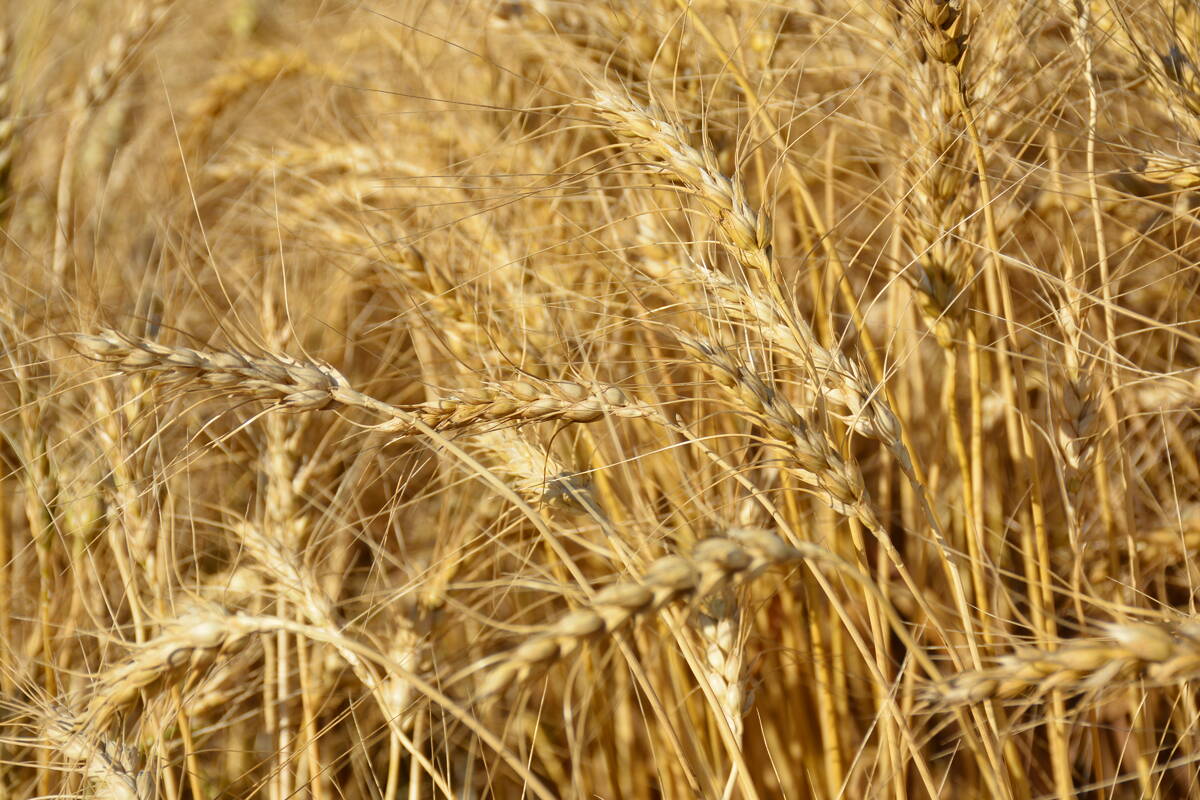DICKSON, Alta. – Sharon Lightbown rings in a purchase on the old fashioned cash register and writes receipts by hand.
That special touch preserves the tradition portrayed at the Dickson Store museum in central Alberta.
The store takes visitors back in time with guided tours by volunteers dressed in period clothing who can explain how business was done and what some of the items were used for when local residents did not have telephones, electricity or decent roads to the big city.
The store was the property of Carl and Laura Christiansen, who raised five children in the upstairs apartment that included a wood stove, hand pump and three tiny bed-rooms.
Read Also

Large wheat supply pressures prices
World wheat prices are likely to continue falling as more bumper crops are harvested, says Arthur Portier, an anlayst and senior consultant with Argus Media.
“They sold everything,” said Lightbown, who manages the museum with a small staff and volunteers.
“They sold hardware, you could get housewares, you could buy tobacco or veterinary supplies. Whatever you needed you came to the general story to buy.”
The store opened in 1909 and served the community for 71 years.
Carl died in 1945 and Laura in 1955. Their sons, Gordon and Homo, ran the store until it closed in 1980.
Local residents wanted to preserve a piece of prairie history and honour Western Canada’s oldest Danish settlement. Seventeen homesteaders, including the Christiansens, came from Denmark via Nebraska to settle there in 1903.
“Different cultures want to preserve their history of where they lived,” Lightbown said.
“That is the reason for these museums. We don’t want to lose that piece of history.”
The Christiansen family donated the building and land for the museum, and local residents donated artifacts. Government grants helped restore the solidly built store to a 1930 setting.
Queen Margrethe the II of Denmark opened the museum in 1991.
The early years for the store owners and homesteaders were difficult.
The region was remote, and all travel was by wagon because the railroad never came through this area 30 kilometres west of Innisfail.
“To get inventory, they would take a wagon and go and pick it up. It was a day trip,” Lightbown said.
The store added a lumberyard and built a cold room that was insulated with sawdust and refrigerated with large blocks of ice cut from the river in wintertime. The Christiansens used the cold room to store meat, milk and cheese.
Various sizes of rope were stored in the cellar and brought up through holes in the floor and cut to the customer’s specifications.
The store had the only community telephone, a battery operated radio and a post office with 70 boxes. Customers came in with a shopping list and were invited to visit around the space heater while their orders were filled.
Few farmers had cash so they bartered with goods such as eggs, which were shipped by wagon to Innisfail and onto Calgary by train. Cream went to nearby Markerville.
Lightbown said grocery bills were often settled with a cream cheque.
The museum also commemorates specific themes.
This year the display promotes the local rural electrification association, which formed in 1948 to bring electricity to farmers.















